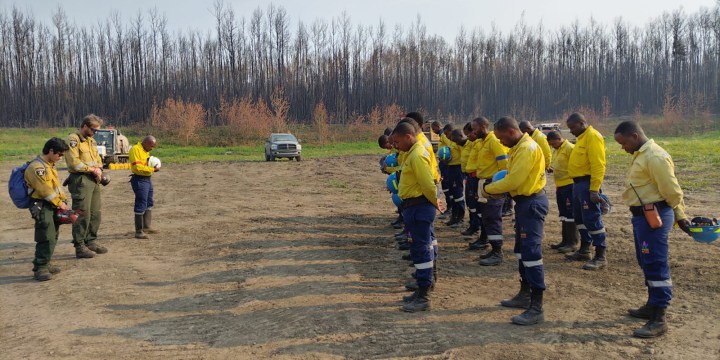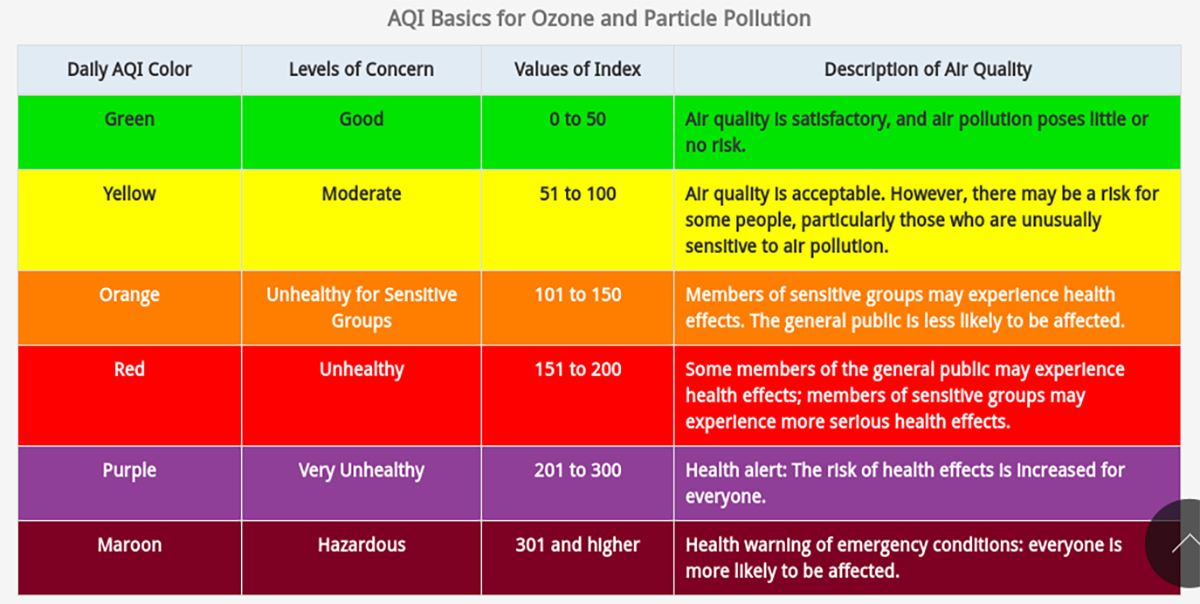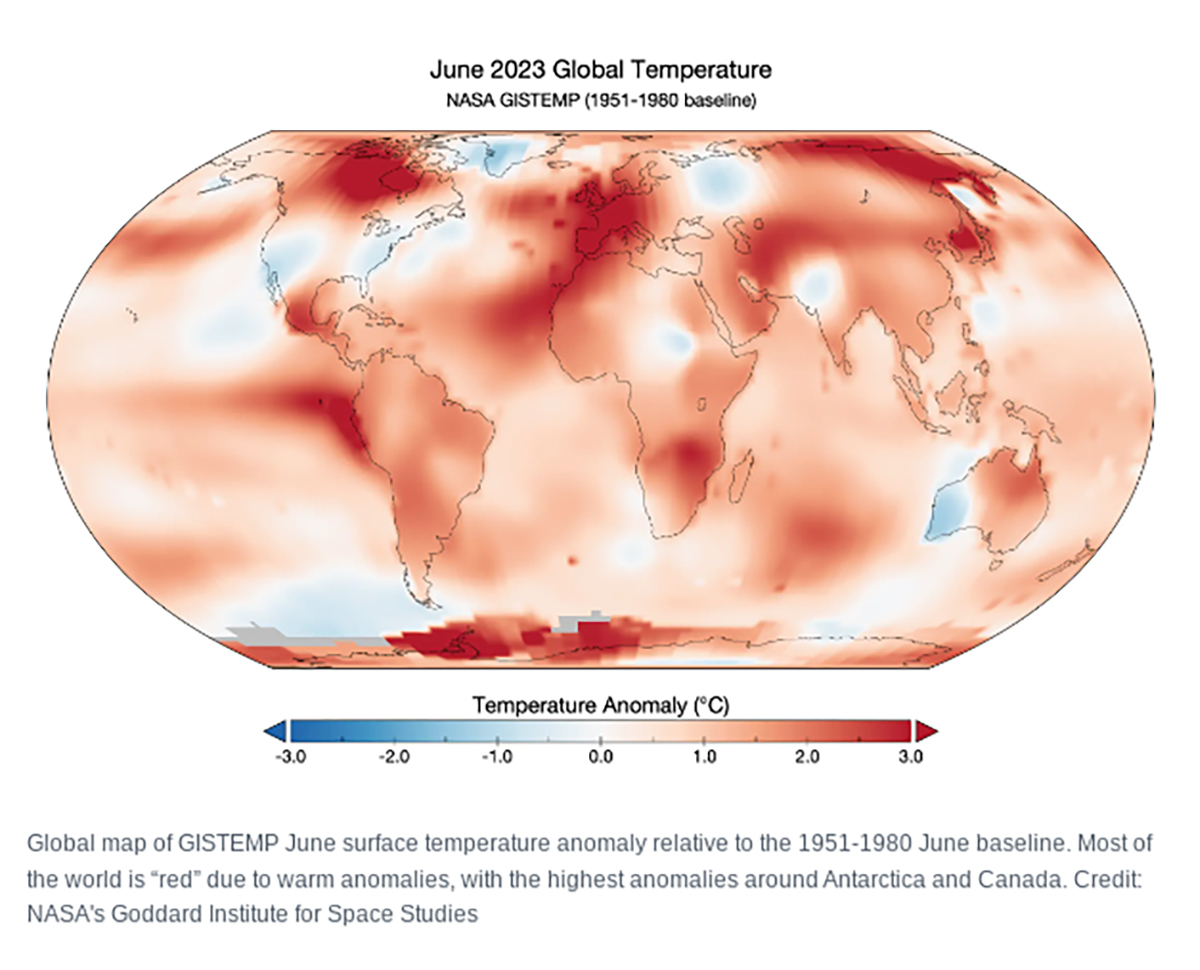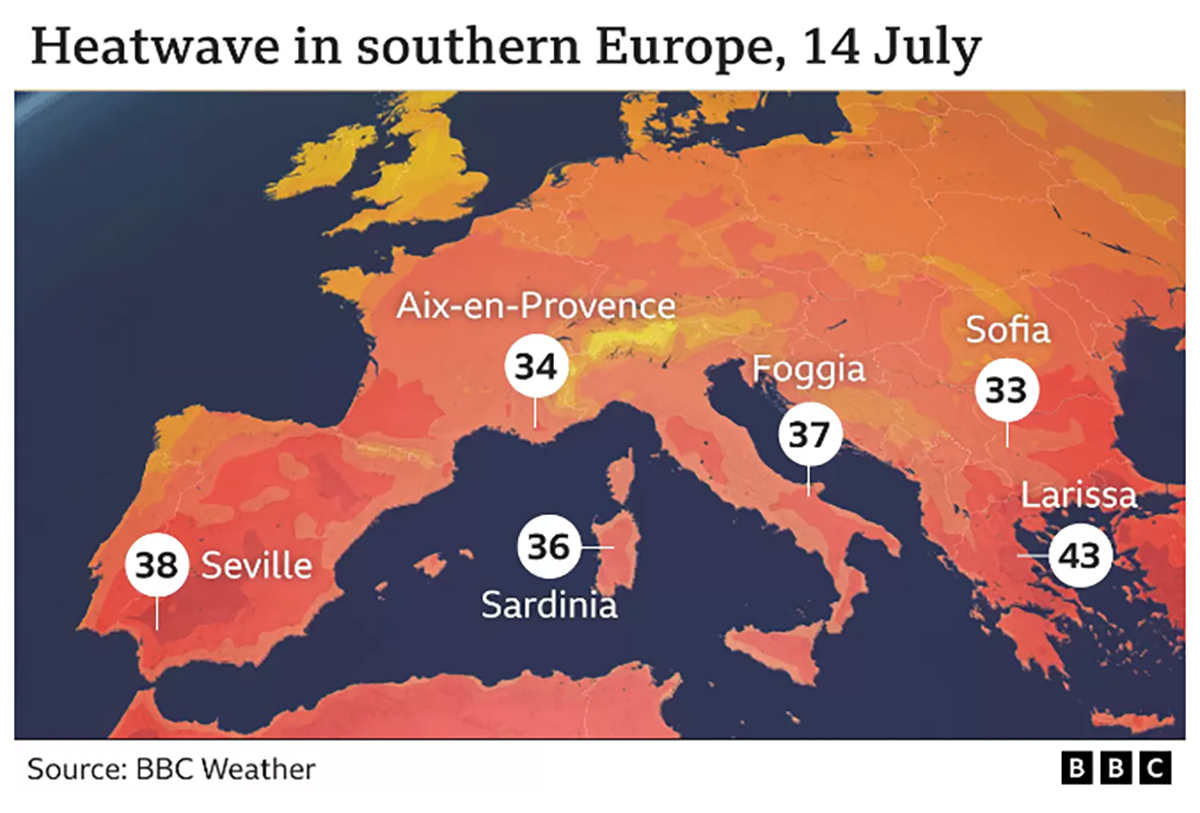CHOKING PLANET
Another team of SA firefighters heads for Canada while out-of-control wildfires rage

New fires at the weekend set off more Canadian wildfire smoke-related air quality alerts for North America. The heatwave in North America is mirrored in parts of Europe, with fears it will set off fires in Greece.
On Saturday, 14 July, the Canadian Interagency Forest Fire Centre recorded 903 active fires, of which 581 were out of control, 102 were being held, and 217 were under control.
With Canada’s fires showing no sign of slowing and the country calling for more international firefighters to come to their aid, South Africa has a team in Alberta and is sending a second on Tuesday.
A young Canadian firefighter died in British Columbia last week. She reportedly got separated from her team and was later discovered trapped under a fallen tree. The 19-year-old was airlifted to a hospital but succumbed to her injuries.
Canada’s prime minister, Justin Trudeau, took to Twitter to express his condolences at her death.
The news from British Columbia – that one of the firefighters bravely battling wildfires has lost her life – is heartbreaking. At this incredibly difficult time, I’m sending my deepest condolences to her family, her friends, and her fellow firefighters.
— Justin Trudeau (@JustinTrudeau) July 14, 2023
At the start of July, Working on Fire’s Trevor Abrahams explained to Daily Maverick that falling trees were a unique danger in Canadian fires because of the trees’ lateral root systems, and firefighting teams always had one person on lookout duty.
On Friday, the SA firefighters in Canada observed a moment of silence for their fallen Canadian colleague.
In the US, wildfire smoke is now heading towards the northwest, after reaching the states of New York and Connecticut, with 21 states issuing air quality alerts over three weeks.
On Friday, 14 July, Minnesota and North Dakota issued Code Red air quality alerts, moving to orange on Saturday. A Code Red alert means the air is unhealthy for everyone, while lesser codes mean the air quality will adversely affect seniors, children and those with health conditions such as asthma or COPD.
The US Air Quality Index, which monitors air pollution, starts with green — which means safe — and moves through yellow, orange, red and purple before ending with maroon for the highest levels of pollution, which could lead to emergency medical conditions in all population members, not just people with underlying health conditions.

Canada is experiencing its most intense fire season yet, and with 10 million hectares of land already burnt, there is still no end in sight. Firefighters have their hands full, with new fires starting almost faster than the old ones are extinguished.
On 12 July, Canada’s National Wildland Fire Situation Report stated: “The number of fires is well above average for this time of year… 548 net new fire starts, with 406 of those attributed to lightning reported over the last week.”
Late on Saturday, 377 fires were burning in British Columbia, which has a population of about 5.5 million.
Much of the US is also struggling under a brutal heatwave, with the National Weather Service warning: “Temperatures will reach levels that would pose a health risk, and be potentially deadly, to anyone without effective cooling and/or adequate hydration.”
About 100 million Americans are at risk, and according to the National Weather Service’s Weather Prediction Centre: “Heat is the leading weather-related killer in the US”.

The same heatwave that has the National Weather Service warning Americans to “take the heat seriously and avoid time outdoors” is also affecting wildfires in Canada. Experts have cautioned that the climate crisis is deepening, with Canada’s health minister, Jean-Yves Duclos saying: “From evacuations to poor air quality and extreme heat warnings, we are experiencing the reality of climate change effects.”

Temperatures in parts of Europe are also soaring, with Greece going up to 40°C on Saturday and fears rising of wildfires there, sparked by the extreme heat. The World Meteorological Organisation (WMO) has warned that climate-related extreme weather is “becoming the new normal”.
The WMO last week said: “Above normal temperatures are forecast in the Mediterranean region at least during the next two weeks.”
It noted that while parts of the world are experiencing extreme heat, other parts are experiencing floods and torrential rain, mentioning parts of the US, China, Japan and India.
Stefan Uhlenbrook, the director of hydrology, water and cryosphere at WMO, warns: “As the planet warms, the expectation is that we will see more and more intense, more frequent, more severe rainfall events, leading also to more severe flooding.” DM
To read all about Daily Maverick’s recent The Gathering: Earth Edition, click here.
















 Become an Insider
Become an Insider
Comments - Please login in order to comment.